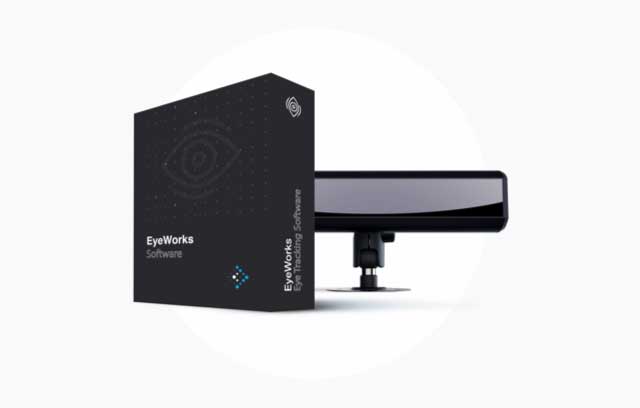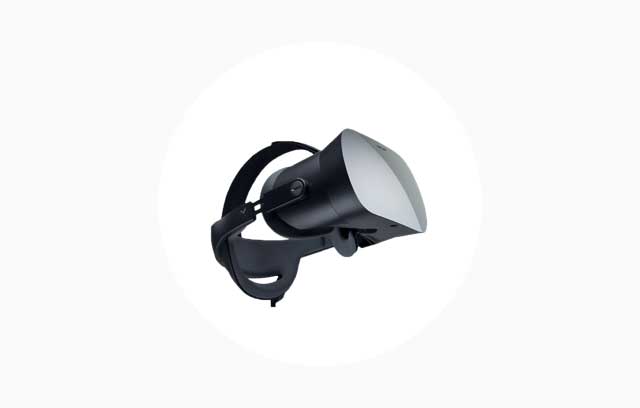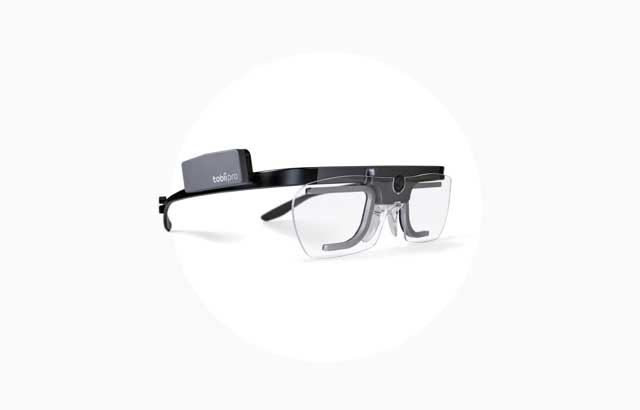For better or worse, as citizens of the modern world we are inundated with information everywhere we go. At home, at work, in the car, plane or subway, it’s often difficult to disconnect because the news of the day is always at our fingertips and the billboard is ever-present within our field of view. Simply put, it’s a lot to take in. How on earth do we keep it all straight? How do we maintain order with all of this information piling up? Well, the trick is not to let it all pile up. Basically, just ignore that which is not relevant. The 21st century brain makes use of a sophisticated data filter to accomplish this task. It allows us to focus despite all the noise, to live our lives without being completely overwhelmed by the obligation to process every single sight and sound that we encounter. We’d go crazy with data overload if not for this handy adaptation. On the other hand, it does tend to make life more difficult for advertisers.
There is no doubt that Ad Avoidance is on the rise. As laptops, mobiles and tablets are gripped tighter and tighter, consumers devote less and less attention to the commercials on the TV screen. As online ads are recognized more quickly, users learn to ignore them before their message can be communicated. As entertainment shifts from broadcast to narrowcast, we all grow less tolerant of information that we have not actively chosen. These are necessary strategies. With so much data assaulting our senses, something has to be excluded, and for a growing number of people classified as ad avoiders, the choice is a no-brainer
Because of this, we are forced to question our preconceived notions about advertising effectiveness. For example, you may market your product on the inside front cover of the most popular magazine in the country, but that doesn’t tell you anything about how many people actually notice it. Some will avoid looking at that page altogether. Others will scan across it without processing any of the images, copy or design elements that you spent so much time crafting. So how do you ever really know if it gets through the consumer data filter? There is only one method of advertising evaluation that is capable of properly addressing this question. I am referring, of course, to eye tracking.
By examining the visual behavior of a sample of targeted consumers viewing any media (TV, print, handheld or online) it is possible to determine which ads catch the eye and reach the brain. Over the past decade, eye tracking technology has come a long way. The hardware is totally unobtrusive, allowing a natural interaction with the test materials. The software is capable of monitoring every subtle shift of the eye to determine how quickly the ad is noticed, which elements are seen and how long attention is held before it flutters off toward something else. Most impressively, new developments in our cognitive processing research allow us to analyze the extent to which consumers are mentally engaged with the advertisement that they are viewing. In other words, you learn not only when/how/if the consumer looks at the advertisement, you also learn whether or not it leaves an impression.
But why not just ask people if they saw the ad? Why make your study more complex than it needs to be? We hear such questions from time to time. The knock on eye tracking in advertising research has traditionally been that it’s an overcomplicated solution. On the contrary, we would argue that in an age of information overload it is the world that is overcomplicated, not the solution. If anything, eye tracking helps to alleviate the congestion. It takes the endless stream of convoluted perceptual data that we encounter on a daily basis and uses it to answer a simple question with accuracy and objectivity: What gets through the filter?
Featured image from Unsplash.



